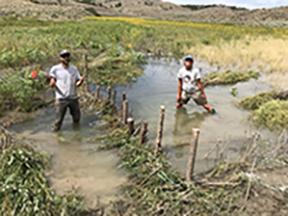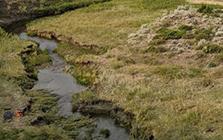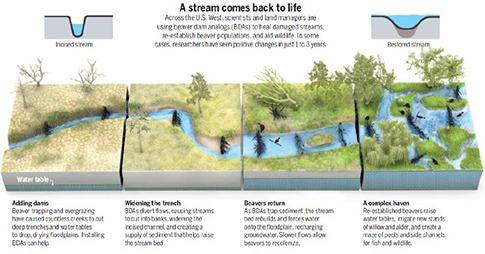Related Stories
- Rural wildland firefighting partners grateful for BLM gift
- Lake Havasu Fisheries Improvement Program: Thirty years of stewardship, science, and community
- Monument map earns ‘finalist’ honors in global GIS awards
- BLM Fire and National Conservation Lands managers collaborate to meet shared goals
- Partnership drives ongoing habitat restoration in Muddy Creek watershed



